The Rise of Gambian Literature: A Journey from Oral Traditions to Modern Narratives
Gambian writers are reshaping the nation’s literature by bringing untold stories to the world and reviving a rich storytelling tradition that has long remained in the shadows.
While more prominent literary hubs, such as Nigeria, Ghana, Kenya, and South Africa, have long dominated the African literary scene, The Gambia is now stepping forward, proving that powerful narratives exist beyond the mainstream.
The Roots of Gambian Literature: From Griots to Pioneers
Before the rise of modern Gambian literature, storytelling thrived through rich oral traditions passed down by generations of griots, master storytellers, poets, and historians.
This vibrant heritage laid the foundation for the written works that would later emerge. The transition from oral to written forms was spearheaded by a few key figures who are considered the pioneers of Gambian literature.
Pioneers and Early Writers
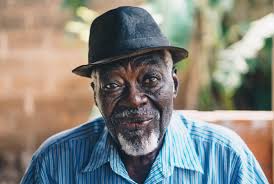
Lenrie Peters, a Sierra Leonean-Gambian surgeon and poet, is widely regarded as the founding father of modern Gambian literature. His only novel, The Second Round (1965), is a groundbreaking, semi-autobiographical work that explores the post-colonial dilemma of a Western-educated African doctor returning home. The novel’s themes of cultural identity and the clash between tradition and modernity were seminal, influencing an entire generation of African writers.
Ebrima “Ebou” Dibba followed as a trailblazing author who was the first Gambian writer to set his stories entirely within The Gambia. His works, such as Chaff on the Wind (1986), brought Gambian history and daily life to the global stage, cementing his legacy as a vital figure in the nation’s literary history.
Contemporary Voices and New Narratives
Following the path forged by Peters and Dibba, a new generation of writers emerged. Expanding the scope of Gambian literature to include a broader range of themes and genres. Today’s authors are crafting narratives that are both deeply personal and universally resonant.
What Defines Gambian Literature Today?
- Preserving Culture Through Storytelling: Many writers are working to ensure that Mandinka, Wolof, and Fula languages and traditions are kept alive through literature. Books often incorporate local expressions, and traditional oral storytelling is being transformed into written form.
- Social and Psychological Fiction on the Rise: Authors are tackling profound societal issues that affect us both domestically and internationally. Common themes include the realities of migration and the clash between modernity and tradition. And the psychological struggles related to self-discovery and family expectations.
- Poetry as a Tool for Activism and Self-Expression: Gambian poets utilise verse to address issues of justice, freedom, cultural pride, and personal struggles. Online platforms and spoken word performances are helping to amplify these voices and reach global audiences.
A New Generation of Gambian Writers
For years, Gambian literature remained relatively unknown on the global stage. But a shift is happening with the rise of self-publishing, digital platforms, and an expanding literary movement. Among the leading voices of this transformation is Lamin Ceesay, whose works blend African storytelling traditions with contemporary themes. Other emerging writers, including Sainey Faye, Modou Lamin Age Almusaf Sowe, and Samba Bah, are also making waves in literature, poetry, and spoken native word.

Lamin Ceesay: An Emerging Voice in Gambian Literature
Lamin Ceesay redefines Gambian literature with his unique blend of autobiography, poetry, and fiction. His works explore themes of African identity, migration, resilience, and cultural heritage in ways that deeply resonate with readers who love African literature.
- Five and a Half Senses: A compelling narrative exploring perception and reality.
- The Little Book of Afrocanos: A profoundly personal poetry collection exploring the love, struggle, and identity of Africans.
- Il Deserto Non Ha Cielo: A thought-provoking book delving into the mental journey of African youth through migration (available only in Italian)
Letter to My Dead Friend from The Gambia: A moving literary work that blends memory, grief, and meaning in letters to a lost friend.
Lady Asta’s Journey to the Wanjalankos: A fantasy adventure weaving African myths, courage, and imagination into a magical journey.
For more information about Gambian writers and literature, see my blog post: 10 Gambian Writers You Should Know 2025

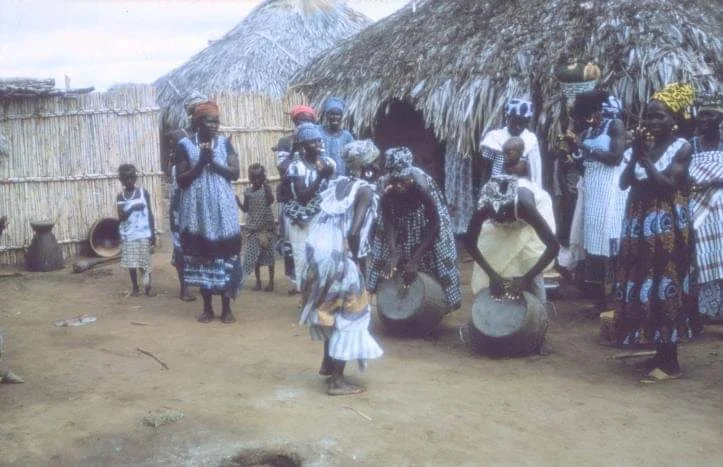
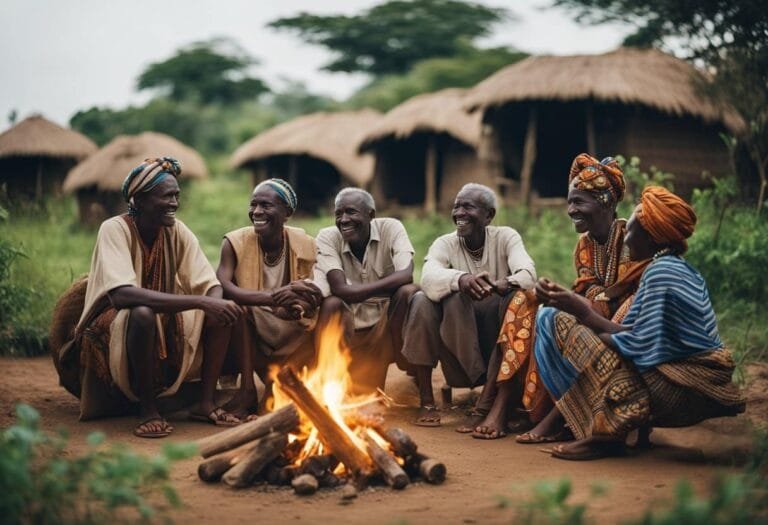
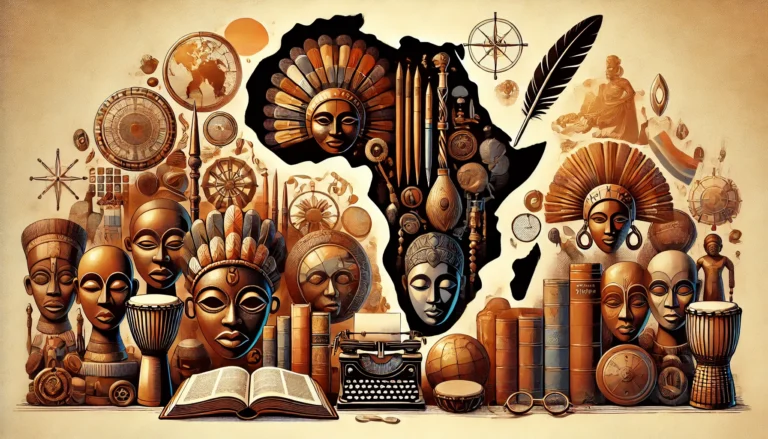
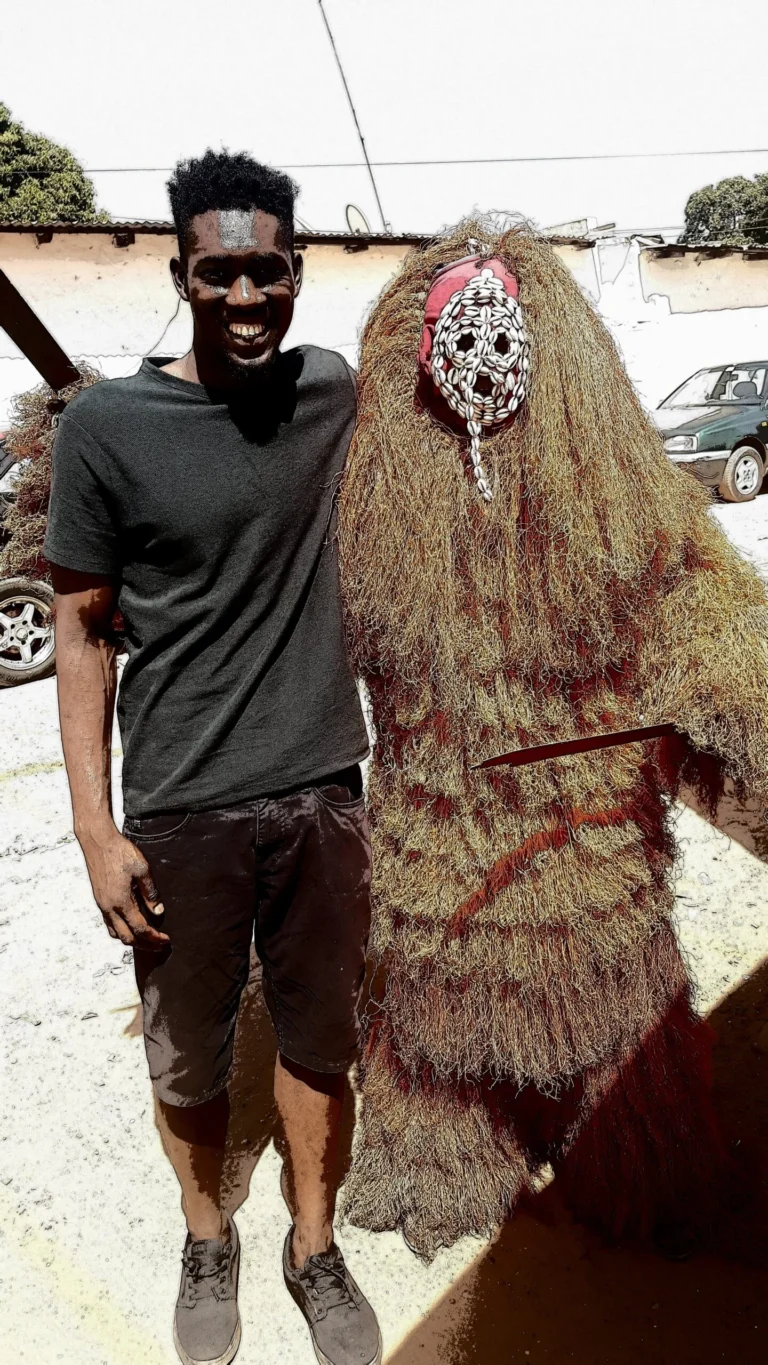
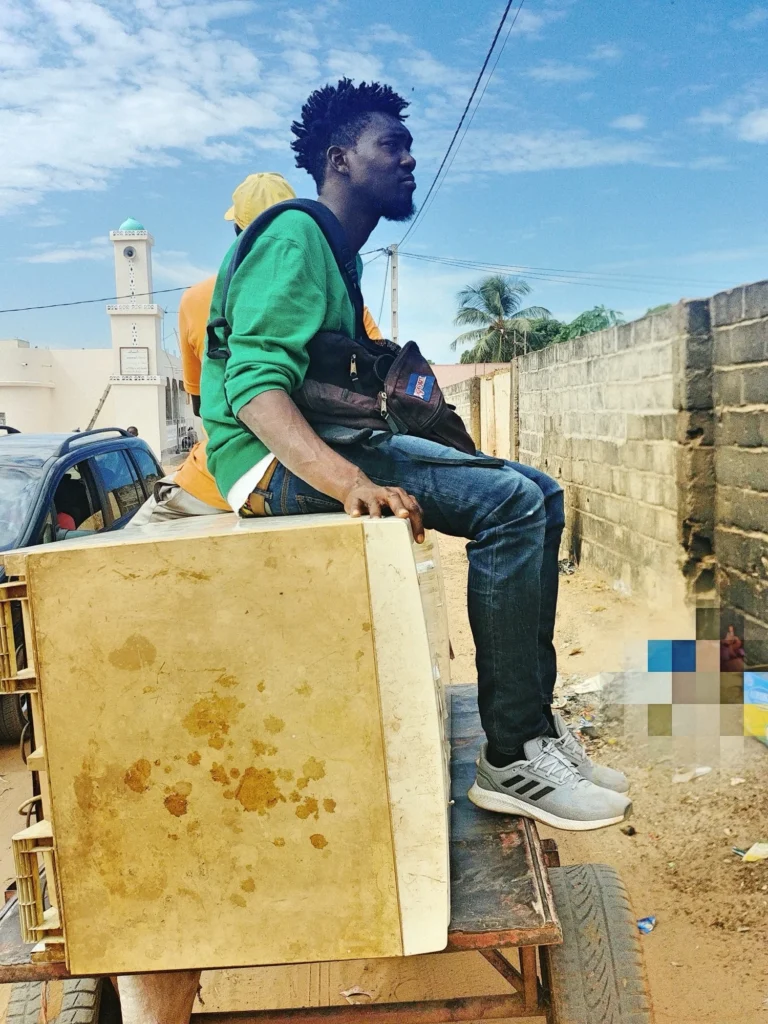
Pingback: 5 Self-Publishing Lessons for Gambian authors — Lamin Ceesay
Pingback: The Essence of African Literature — Lamin Ceesay